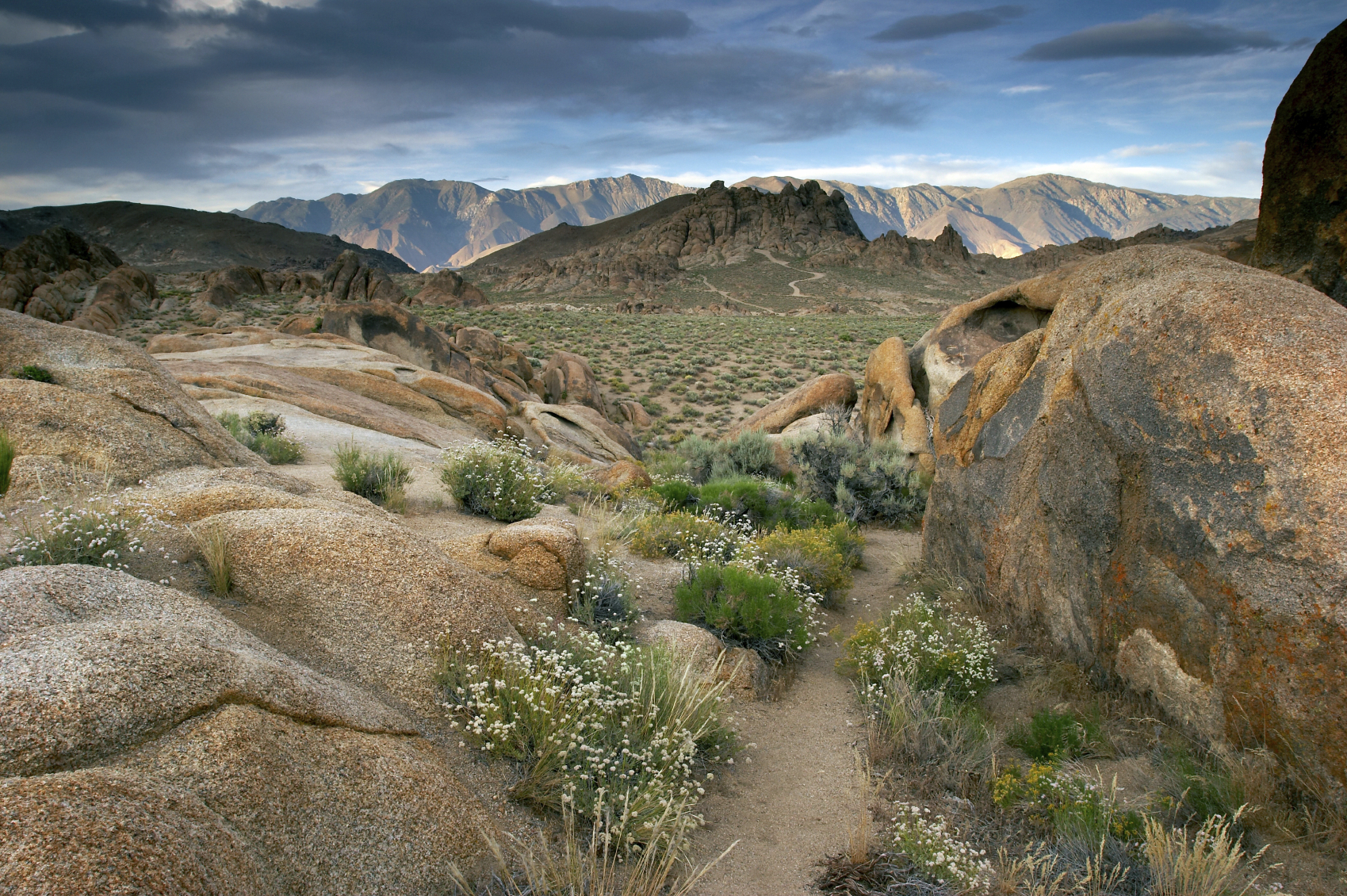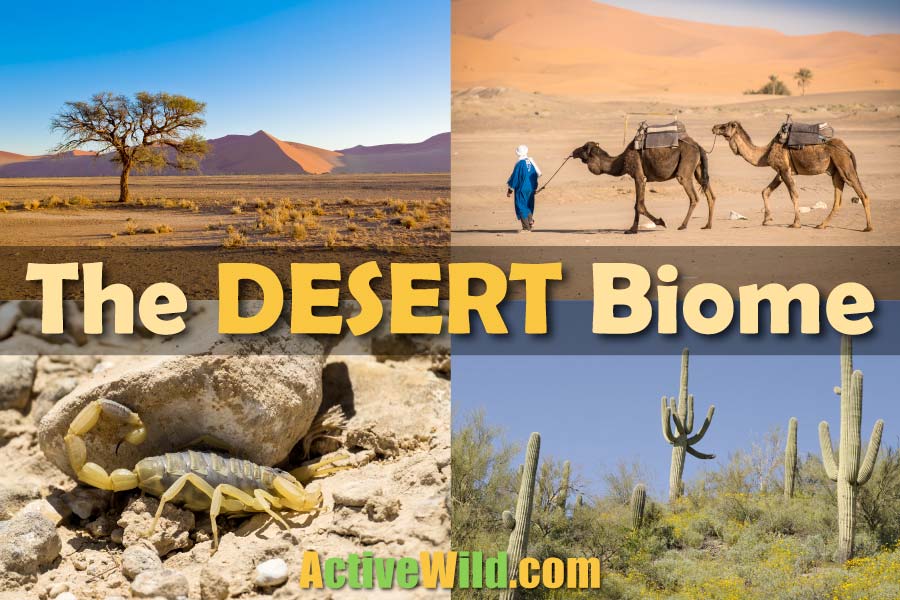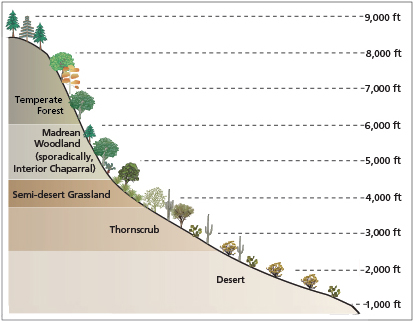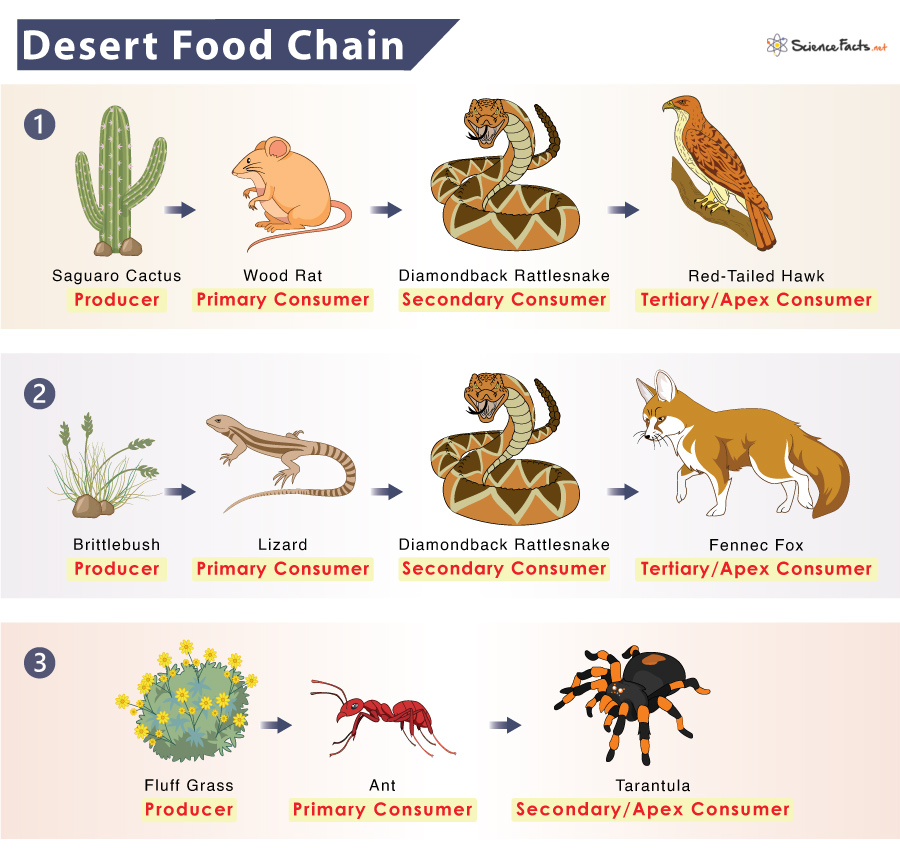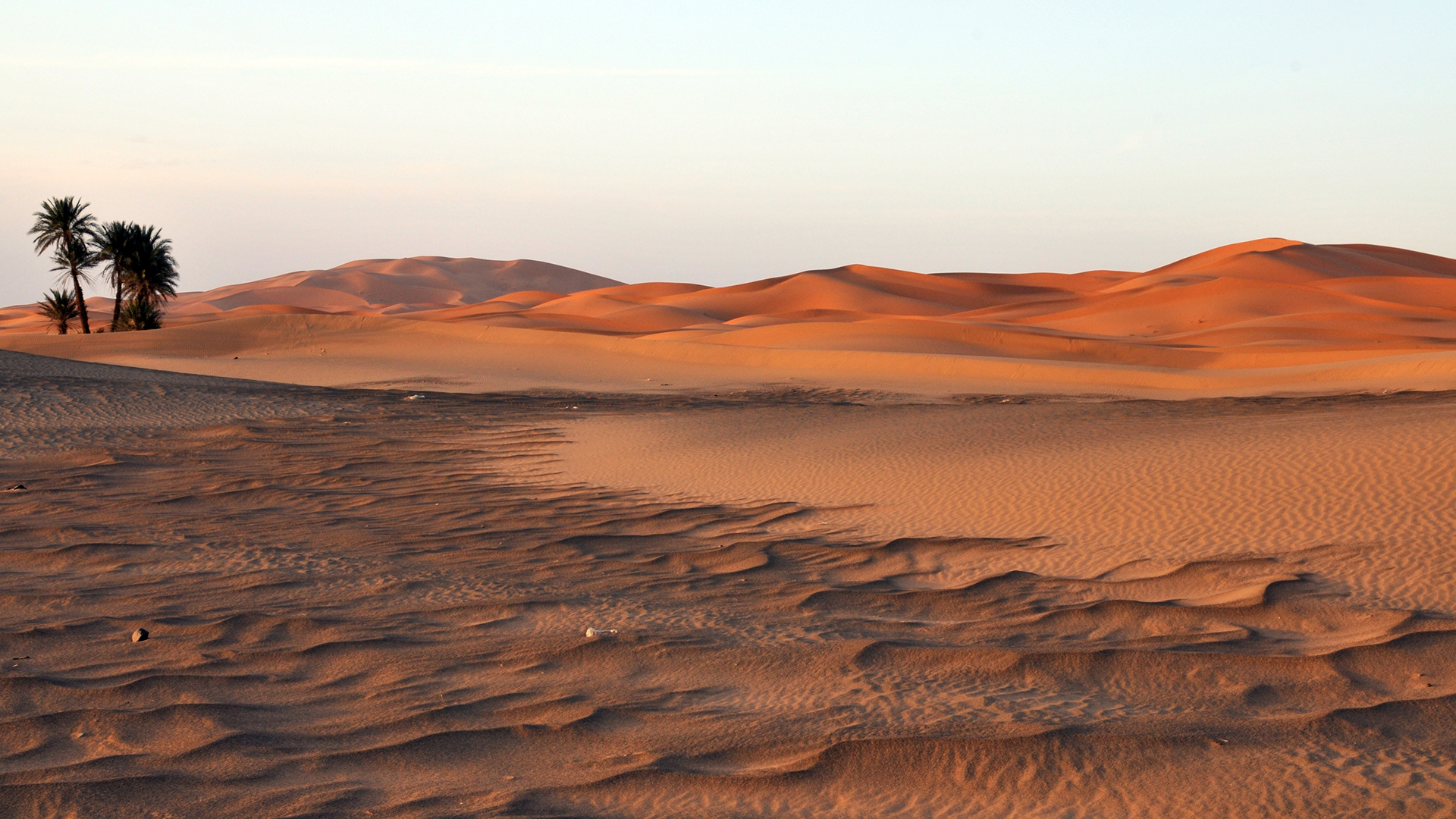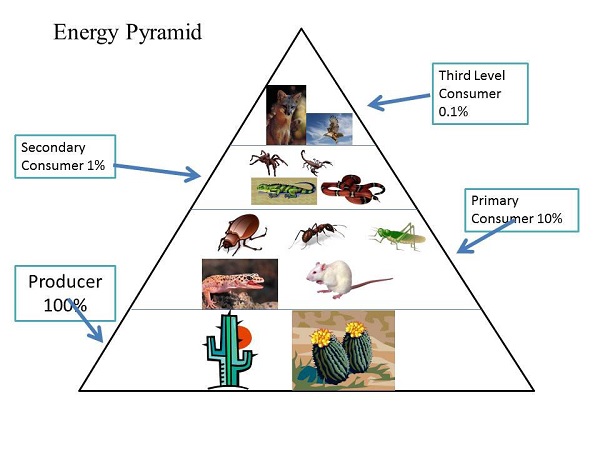Topic desert ecosystem meaning: Discover the desert ecosystem"s meaning, exploring its vital role and unique adaptations that thrive in Earth"s most arid landscapes.
Table of Content
- What is the meaning of a desert ecosystem?
- Characteristics of Desert Ecosystems
- Adaptations in Desert Ecosystems
- Types of Deserts
- Ecological Importance of Deserts
- YOUTUBE: DESERT ECOSYSTEM - Biology Animation
- Introduction to Desert Ecosystems
- Types of Deserts and Their Locations
- Flora and Fauna: Adaptations to Arid Environments
- Ecological Significance of Deserts
- Human Impact and Conservation Efforts
- Deserts in Culture and History
- Challenges Facing Desert Ecosystems
- Future of Deserts: Climate Change Implications
- Exploring Desert Landscapes: Tourism and Education
What is the meaning of a desert ecosystem?
A desert ecosystem refers to a type of ecosystem that is characterized by extremely dry and arid conditions.
Deserts are regions with very low precipitation levels, resulting in a scarcity of water. As a result, the vegetation in desert ecosystems is typically sparse and adapted to survive in such harsh conditions.
Desert ecosystems can be further classified into different types based on their specific characteristics. The two main types of deserts are:
- Hot and Dry Deserts: These deserts typically have high temperatures during the day and cooler temperatures at night. Examples include the Sahara Desert in Africa and the Mojave Desert in North America.
- Cold Deserts: These deserts experience cold temperatures throughout the year, with limited precipitation. Examples include the Gobi Desert in Asia and the Patagonian Desert in South America.
Desert ecosystems are home to unique and well-adapted plant and animal species that have evolved to withstand the harsh desert conditions. Some notable adaptations in desert organisms include the ability to store water, camouflage to blend with the surroundings, and nocturnal behavior to avoid the extreme heat during the day.
Overall, desert ecosystems play a vital role in maintaining the balance of the Earth\'s ecosystems, and they provide valuable habitats for a diverse range of species.
READ MORE:
Characteristics of Desert Ecosystems
- Low Precipitation: Deserts typically receive less than 50 centimeters (20 inches) of rain per year, making them the driest ecosystems on Earth.
- Extreme Temperatures: Deserts can experience scorching heat during the day and significantly cooler temperatures at night.
- Soil Composition: Desert soils can be sandy, gravelly, or stony, with a low content of organic matter.
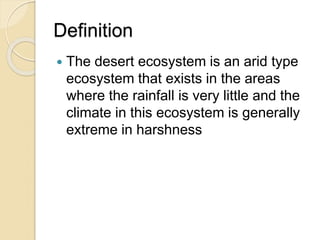
Adaptations in Desert Ecosystems
Plant Adaptations
- Plants in deserts have developed strategies to conserve water, such as having small or waxy leaves.
- Some plants, like cacti, store water in their thick stems.
Animal Adaptations
- Many desert animals are nocturnal, becoming active at night to avoid the extreme daytime heat.
- Reptiles, such as lizards, have scales that minimize water loss.
Types of Deserts
Deserts are not uniform and can be classified into several types based on temperature:
- Hot Deserts: These are typically located near the equator and experience very high temperatures during the day.
- Cold Deserts: Found in higher latitudes, these deserts have cold winters and may even experience snow.
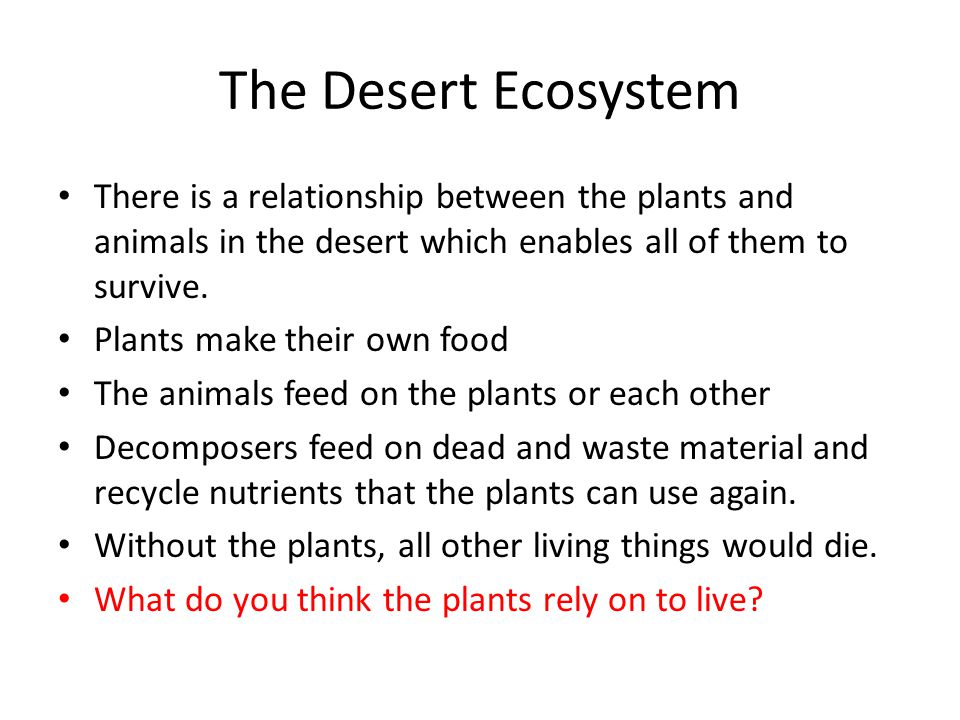
Ecological Importance of Deserts
Despite their harsh conditions, deserts play a crucial role in the planet"s biodiversity. They are home to unique species that are not found anywhere else. Additionally, deserts influence global climate patterns and have significant cultural and economic importance in the regions they span.
DESERT ECOSYSTEM - Biology Animation
Dive into the captivating world of biology through visually stunning animations! Explore intricate biological processes, from the inner workings of cells to the complexities of evolution, in this mesmerizing video that will leave you awestruck.
What Is An Ecosystem?
Take a mesmerizing journey into the delicate balance of life on Earth with this captivating video on ecosystems. Witness the beauty of diverse habitats, interconnected species, and the essential role each organism plays in sustaining our planet. Prepare to be amazed by the wonders of nature unfolding before your eyes!
Introduction to Desert Ecosystems
Desert ecosystems are defined by their extreme aridity, supporting unique communities of plants and animals adapted to the challenging conditions. With less than 50 centimeters (20 inches) of rainfall annually, deserts are among Earth"s driest ecosystems. Despite the harsh climate, deserts cover about one-fifth of Earth"s surface, offering a surprising variety of landscapes that range from sand dunes and rocky plateaus to salt flats.
- Deserts are characterized by low precipitation, extreme temperature variations between day and night, and soils that are often sandy, gravelly, or stony.
- The flora and fauna of deserts have evolved various adaptations to survive in such an environment, including water conservation in plants and nocturnal lifestyles in animals.
- Desert ecosystems play a crucial role in Earth"s biodiversity, hosting species that are uniquely adapted to survive in its conditions.
Understanding the meaning behind desert ecosystems reveals their critical importance to global biodiversity and the unique challenges they face. Through exploring the adaptations of desert-dwelling plants and animals, we can appreciate the intricate balance of life in one of Earth"s most extreme environments.

Types of Deserts and Their Locations
Deserts are diverse ecosystems categorized by their climatic conditions and geographic locations. Understanding the types of deserts and where they are found provides insight into their ecological dynamics and the life they support.
- Hot and Dry Deserts: These are the most common type, characterized by extremely low humidity and high temperatures. Examples include the Sahara in Africa and the Sonoran in North America.
- Semi-Arid Deserts: These deserts have slightly higher precipitation than hot and dry deserts but still feature sparse vegetation. The Great Basin in the USA is an example.
- Coastal Deserts: Found along coastal regions, these deserts receive cool winds from the ocean, leading to moderate temperatures and fog. The Atacama Desert in South America is one of the driest places on earth due to this effect.
- Cold Deserts: Characterized by cold winters and snow, these deserts can be found in higher latitudes or altitudes. The Gobi Desert in Asia is a prime example, with its unique ecosystem adapting to both extreme cold and heat.
Each desert type presents unique conditions and challenges for the flora and fauna that inhabit them, as well as for human societies that live near or within these arid landscapes.
Flora and Fauna: Adaptations to Arid Environments
The harsh conditions of desert ecosystems have led to the development of remarkable adaptations in both plant and animal life. These adaptations allow them to not only survive but thrive in environments with extreme temperatures, limited water, and scarce food resources.
- Plant Adaptations: Desert plants, often called xerophytes, have evolved to minimize water loss. Common adaptations include thick, waxy skins to reduce water evaporation, deep root systems to access underground water, and the ability to store water in leaves or stems. Examples include cacti, succulents, and certain types of shrubs.
- Animal Adaptations: Desert animals have developed various survival strategies. Many are nocturnal, active during the cooler night hours. Others have specialized kidneys that conserve water, or bodies designed to dissipate heat. Burrowing underground during the hottest parts of the day is another common tactic.
Examples of desert-adapted fauna include the fennec fox, with its large ears for heat dissipation; the camel, which can go for days without water by storing fat (which is metabolized into water) in its humps; and reptiles like the Gila monster, which thrive in high temperatures. Insects and birds also exhibit unique adaptations, such as the ability to extract water from the food they consume or specialized behaviors that minimize water loss.
These adaptations underscore the resilience and complexity of life in desert ecosystems, highlighting the intricate balance between organisms and their environment.

Ecological Significance of Deserts
Deserts play a crucial role in the Earth"s ecological balance, offering unique habitats that contribute to biodiversity and serving as areas for research and conservation. Their ecological significance extends beyond their apparent barrenness, revealing a landscape rich in life and opportunities for understanding environmental resilience and adaptation.
- Biodiversity Hotspots: Despite harsh conditions, deserts are home to a wide range of species that have adapted to survive in extreme environments, adding to the planet"s biodiversity.
- Climate Influence: Deserts affect global climate patterns by reflecting solar radiation back into the atmosphere and acting as heat sinks. Their geological formations also play a part in climate regulation.
- Water Cycle Regulation: Deserts contribute to the global water cycle by affecting humidity and evaporation rates. The sparse vegetation and soil types influence how water is absorbed and released back into the atmosphere.
- Soil Formation and Preservation: Desert landscapes contribute to soil formation processes and preserve geological features that provide insights into Earth"s history.
- Economic Resources: Deserts are sources of valuable minerals and other natural resources, including solar energy potential, highlighting their economic significance.
The ecological significance of deserts extends to their role in supporting indigenous cultures, offering unique recreational opportunities, and their potential in studying ecological resilience and conservation strategies. These ecosystems remind us of the adaptability of life and the importance of preserving diverse habitats for future generations.
Human Impact and Conservation Efforts
Human activities have significantly impacted desert ecosystems, leading to habitat degradation, loss of biodiversity, and alterations in ecosystem functions. However, concerted conservation efforts are underway to mitigate these effects and preserve the intrinsic value of deserts.
- Impact of Urbanization: The expansion of urban areas into desert regions disrupts habitats and increases the strain on water resources, affecting both plant and animal life.
- Resource Extraction: Mining and the extraction of natural resources can lead to land degradation, pollution, and the disturbance of ecological balance within desert environments.
- Climate Change: Rising temperatures and shifting precipitation patterns threaten desert ecosystems by exacerbating water scarcity and altering species distribution.
- Conservation Initiatives: Protected areas, habitat restoration projects, and sustainable management practices are being implemented to safeguard desert biodiversity and ecosystem services.
- Community Involvement: Engaging local communities in conservation efforts is crucial for the sustainable management of desert resources and the preservation of traditional knowledge.
Through education, policy changes, and international cooperation, there is hope for mitigating human impact on deserts and ensuring the long-term preservation of these unique ecosystems for future generations.

Deserts in Culture and History
Deserts have held significant places in human culture and history, from ancient civilizations to modern times. These arid landscapes have been the backdrop for profound cultural developments, spiritual journeys, and historical events.
- Symbol of Mystery and Challenge: Deserts have often symbolized the mysteries and challenges of nature, serving as sites for spiritual quests and self-discovery.
- Home to Ancient Civilizations: Many ancient civilizations, such as those in Egypt and Mesopotamia, flourished in desert regions, utilizing innovative irrigation techniques to support agriculture and settlements.
- Inspirations for Art and Literature: The stark beauty and solitude of deserts have inspired countless works of art, literature, and music, reflecting the deep impact of these environments on human creativity.
- Strategic Locations in History: Deserts have played crucial roles in historical trade routes, including the Silk Road, facilitating the exchange of goods, ideas, and cultures between distant regions.
- Cultural Significance: For indigenous and nomadic peoples, deserts are not just harsh environments to endure but are rich in cultural heritage, traditions, and knowledge adapted to arid conditions.
Understanding deserts in the context of culture and history enriches our appreciation for these unique ecosystems, highlighting their influence on human achievement and resilience.
Challenges Facing Desert Ecosystems
Desert ecosystems face numerous challenges that threaten their stability and the survival of their unique flora and fauna. These challenges arise from both natural processes and human activities, impacting these ecosystems at various levels.
- Climate Change: Increased temperatures and altered precipitation patterns can exacerbate desertification, affecting the delicate balance of desert ecosystems.
- Water Scarcity: Overuse of groundwater for agricultural and urban needs depletes essential water sources, leaving less available for native plants and animals.
- Habitat Fragmentation: Infrastructure development and urban expansion interrupt the natural habitat, isolating species and reducing biodiversity.
- Invasive Species: Non-native plants and animals introduced by human activity can outcompete native species for resources, further endangering their survival.
- Pollution: Air and water pollution from industrial and agricultural activities can degrade desert environments, affecting both terrestrial and aquatic life.
Addressing these challenges requires global cooperation and local action to implement sustainable management practices, conservation efforts, and policies aimed at protecting these vital ecosystems and their biodiversity.

Future of Deserts: Climate Change Implications
The future of desert ecosystems is closely intertwined with the broader impacts of climate change, presenting both challenges and opportunities for conservation and adaptation. Understanding these implications is crucial for the sustainability of these unique landscapes and the biodiversity they support.
- Increased Desertification: Climate change is expected to increase the frequency and intensity of droughts, leading to the expansion of desert areas and the degradation of already fragile ecosystems.
- Temperature Extremes: Rising global temperatures can lead to more extreme heat events in deserts, affecting the survival of many plant and animal species adapted to current temperature ranges.
- Altered Precipitation Patterns: Changes in global weather patterns may result in altered rainfall distribution, impacting water availability and ecosystem dynamics in desert regions.
- Impact on Biodiversity: The combined effects of increased temperatures, altered precipitation, and expanded desertification pose significant risks to the unique biodiversity of desert ecosystems.
- Conservation and Adaptation Strategies: Addressing the impacts of climate change on deserts will require innovative conservation strategies that consider the adaptive capacity of species and ecosystems, as well as the livelihoods of people who depend on these environments.
The future of deserts and their role in Earth"s ecological balance depends on our ability to understand and mitigate the impacts of climate change, ensuring the resilience and sustainability of these vital ecosystems for generations to come.
READ MORE:
Exploring Desert Landscapes: Tourism and Education
Desert landscapes offer unique opportunities for tourism and education, drawing visitors with their stark beauty and offering valuable insights into ecological resilience and conservation. From guided tours to research programs, deserts serve as natural classrooms and adventure destinations.
- Eco-Tourism: Sustainable tourism practices in deserts promote conservation while allowing people to experience these environments without causing harm. Activities include camel trekking, stargazing, and guided nature walks.
- Educational Programs: Many desert regions host educational centers and field schools that focus on ecology, conservation, and the cultural history of the area. These programs aim to raise awareness and inspire conservation efforts.
- Adventure Sports: Deserts are popular for adventure sports, offering unique challenges for hiking, mountain biking, and off-roading. These activities often encourage a deeper appreciation for the natural environment.
- Wildlife Viewing: Deserts are home to a variety of species that are rarely seen elsewhere. Wildlife safaris and bird watching tours are popular ways for visitors to explore desert biodiversity.
- Cultural Experiences: Tourism also provides a platform for indigenous and local communities to share their knowledge and traditions, enriching visitors" understanding of human life in arid landscapes.
Through responsible tourism and educational outreach, deserts can be appreciated as places of beauty, mystery, and scientific value, promoting a sustainable relationship between humans and these unique ecosystems.
Exploring the essence of desert ecosystems reveals their profound significance to our planet. Embracing their beauty and challenges inspires us to protect these invaluable landscapes for future generations.
